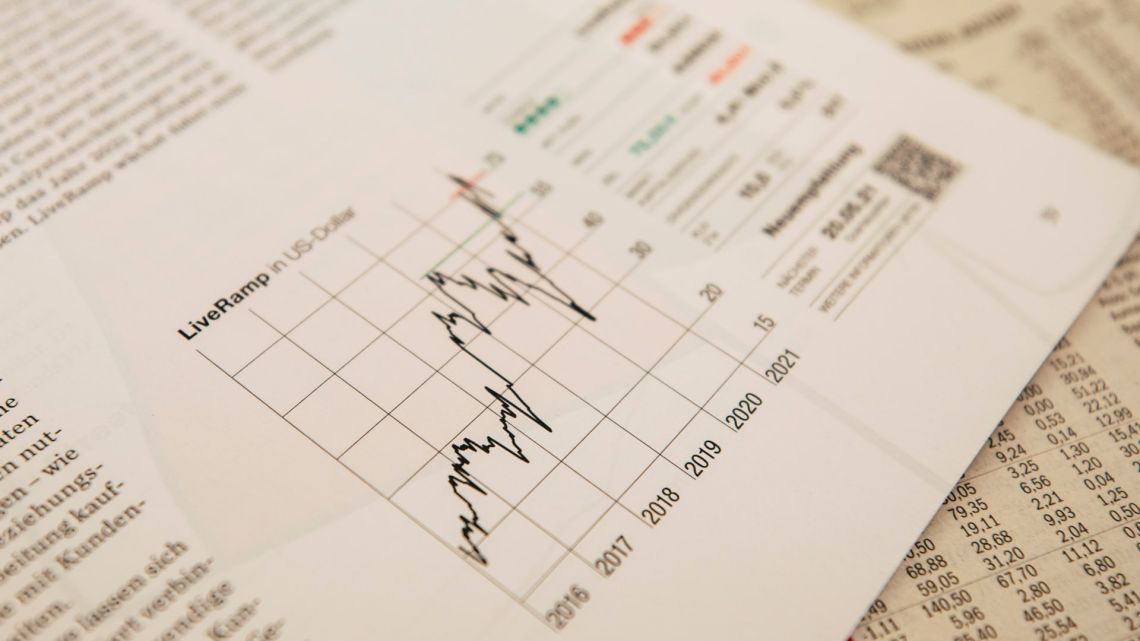
As professional investors, it may seem absurd to suggest that we could be better off because of the worst bear market in history. However, a closer look at our bond holdings reveals a surprising outcome. In terms of annuity equivalents, our investments today have actually outperformed those from three years ago when interest rates were at an all-time low in late 2020.
So, the next time you come across someone complaining about the unprecedented losses in the bond market, consider this: interpreting good news as bad is a clear indication of excessive bearishness.
The silver lining lies in the correlation between higher interest rates and annuity payout rates, as illustrated in the chart above. In 2020, when rates were at their lowest levels, a 65-year-old male with $100,000 could purchase a "life & 10 years certain" annuity, providing a guaranteed monthly income of approximately $450 for life. Fast forward to today, and that same amount could secure a guaranteed monthly income of around $620.
(Courtesy of ImmediateAnuities.com, these rates apply to a "life & 10 years certain" annuity, offering a reliable income stream for the annuitant and continued payments to their heirs if the annuitant passes away within the first 10 years.)
Investors often overlook the potential benefits provided by a bear market. While it brings undeniable challenges and losses, in this case, it has brought about improved annuity rates. So, rather than dwell on the negatives, let us recognize the positive outcome that this worst bear market in history has unexpectedly delivered.
Bond Investors: Less Dollars, but Increased Buying Power
In recent years, bond investors have seen a decrease in the amount of dollars they hold. However, this doesn't necessarily mean they are worse off. In fact, depending on the types of bonds they invested in, they may actually be better off today.
The Case of the Vanguard Total Bond Market Index Fund ETF
Let's consider an investor who chose to hold the Vanguard Total Bond Market Index Fund ETF (BND). This fund aims to track the performance of a broad, market-weighted bond index. If this investor had made a $100,000 investment in BND three years ago, their investment would now be worth approximately $84,000. Despite the reduction in value, this amount could still afford them a guaranteed monthly payment of around $525. Comparatively, three years ago, they could have only locked in a $450 monthly payment.
A Fresh Perspective on Low Interest Rates
This new perspective sheds light on the desires of bond investors who yearn for a return to the era of low interest rates. While it is true that their bond holdings would likely increase in value in such a scenario, it is highly probable that the annuity payout they could purchase with that larger amount would be lower.
Mark Hulbert is a regular contributor.
More: Why stock-market investors are fixated on 5% as 10-year Treasury yield nears key threshold
Also read: Powell may have given ‘green light’ for higher bond yields with 10-year near 5%: Fed watcher













Write Your Comment